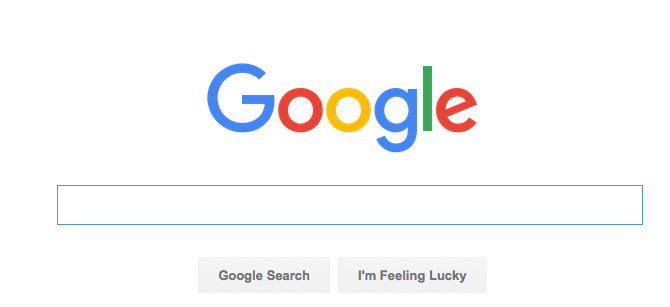
Gaining a priority slot (first page, top five listings) is the goal of every business engaged in search engine marketing.
To leverage this powerful online tool requires an understanding of how to effectively use both paid and organic SEM, while being realistic about the achievements of each.
Though a popular notion is that search results are based on purely text results, the truth is that results can be a mix of text, images, audio, video or other file formats.
Also, though here in the U.S. Google is the dominant search engine, there’s also Yahoo and Bing, and specialty search engines like You Tube and Hulu; restaurant search engines, people search engines such as LinkedIn and other online business directories.
These engines use changing algorithms in an attempt to provide the most timely and relevant results to each searcher. They not only take into account key search words, but also the searcher’s location, device, operating system, prior search record and yes — even identity.
Regardless of organic (unpaid) or paid searches, website content is all important. The more your web content resonates with key web crawler search words, the better your results.
Depending on your marketing budget, a paid search (pay-per-click) campaign may be worthwhile. However, our experience is that there are compelling reasons to focus on SEO (search engine optimization). Smart content, formatting, site design, content clarity, site navigability, and server platform — these are all factors contributing to your site’s online search ranking.
